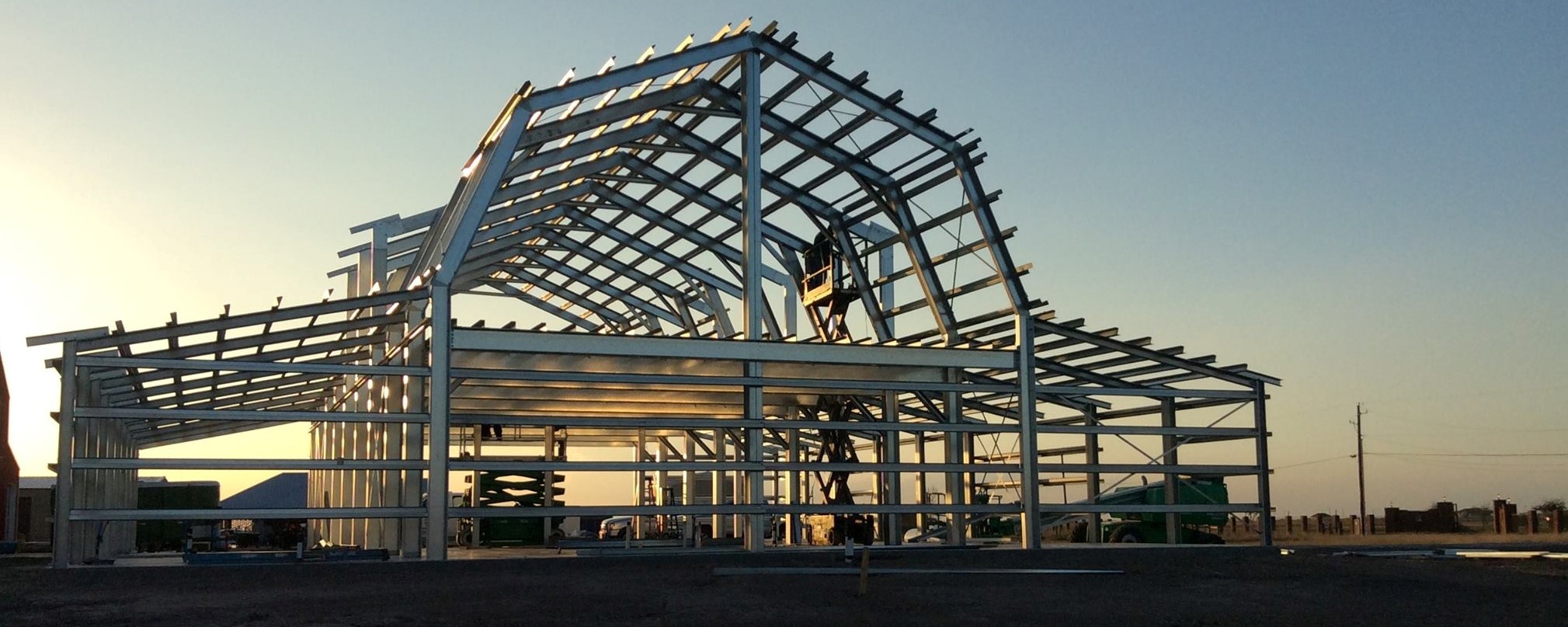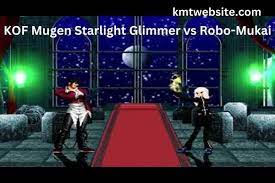
Steel buildings have been gaining popularity in British Columbia (BC) over the years owing to their numerous advantages. They are eco-friendly and affordable, making them a favourite among property owners. In BC, the use of steel buildings has grown by approximately 6% annually in recent years. The construction industry has embraced such metal structures for their durability, flexibility, and sustainability. So, scroll down to explore why you should consider investing in steel buildings BC.
Cost-effectiveness
One of the primary reasons steel constructions are gaining popularity is their cost-effectiveness. The cost of constructing such a structure is approximately 30% less than a traditional building. This cost difference can be attributed to the fact that this metal is more readily available, making it cheaper than other building materials. Additionally, it requires less labour and takes a shorter time to construct. Therefore, labour costs are significantly lower than traditional building construction costs. They also require minimal maintenance, and their insulation properties allow for reduced energy costs in heating and cooling.
Sustainability
Such constructions are eco-friendly and sustainable. Steel is 100% recyclable, meaning it is entirely recyclable at the end of its life span. Additionally, constructions made with this element can be designed to meet the specific requirements of the building site. This design flexibility optimizes energy consumption, reducing the building’s carbon footprint. The insulation properties of such metal buildings provide significant energy savings as well. According to research, metal structures have up to 50% energy savings compared to traditional buildings.
Durability
Steel constructions are known for their exceptional durability, making them ideal for construction in high-risk environments. Steel is a non-combustible material, which means that it is resistant to fire and can withstand intense heat without warping, buckling or twisting. Moreover, this metal is resistant to pests, such as termites, and does not rot like wood. The strength and durability of such a metal make it a preferred choice in areas prone to mould, mildew, or other forms of moisture damage. It is also powerful and can withstand harsh weather conditions like earthquakes, heavy snowfall, and high winds. Many structures are designed to meet strict building codes that require them to withstand even the most severe weather events. Additionally, they have a longer lifespan than traditional buildings, requiring less maintenance and fewer repairs.
Design Flexibility
Steel structures offer significant design flexibility, allowing property owners to customize their constructions to meet their specific requirements. These structures can be built to any shape or size, allowing for more significant design freedom. This flexibility also allows for the construction of multi-story buildings without compromising structural integrity. Computer-aided design (CAD) technology has also made it easier to design such structures. CAD software allows for the easy creation of 3D models and simulations, allowing for visualization of the finished product before construction begins.
Quick Construction Time
Such structures take a shorter time to construct than traditional buildings, saving time and money. Traditional constructions can take up to several months to complete, while steel structures can be completed in weeks. The use of prefabricated building components also contributes to the quick construction time. Prefabricated components are manufactured off-site and assembled on-site, reducing the construction time and labour required.
Steel buildings in BC
are a viable and sustainable option for a range of applications. The cost-effectiveness, sustainability, durability, design flexibility, and quick construction time make them a preferred building material for many property owners. For example, in British Columbia, the use of such metal structures has grown over the years, with an estimated 6% annual growth rate. With their many benefits, they are set to become the construction industry’s future.


